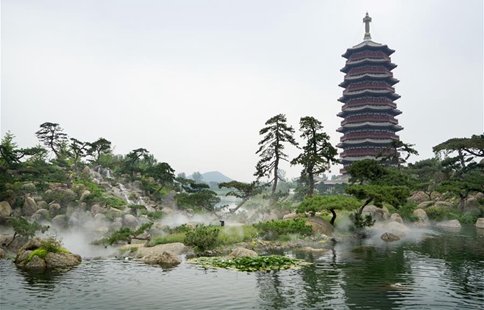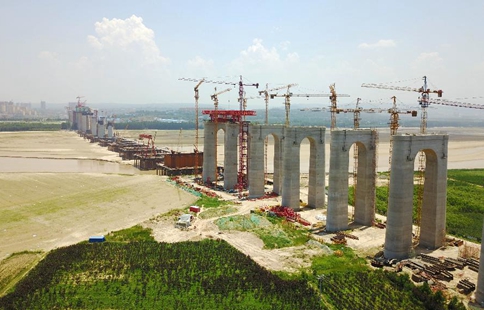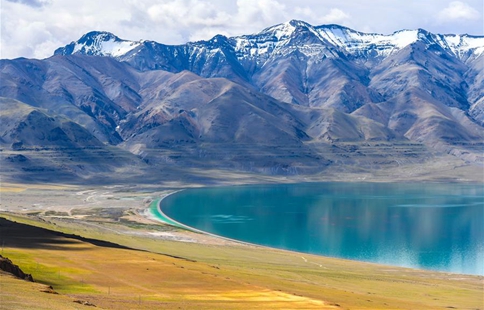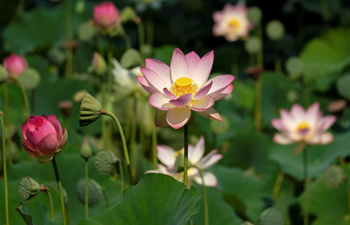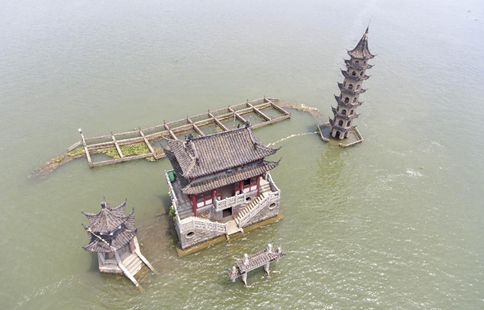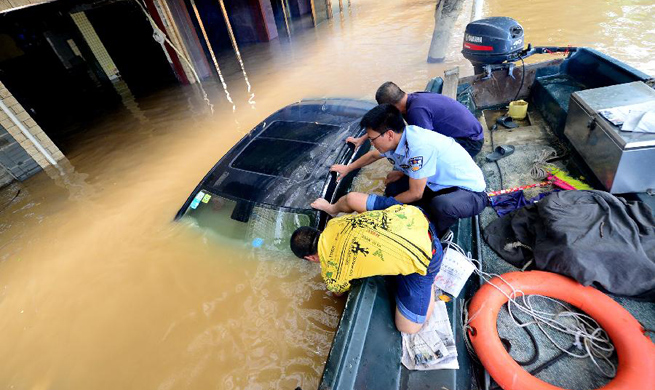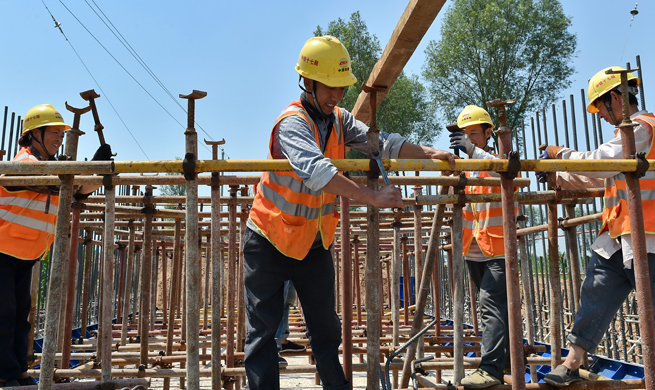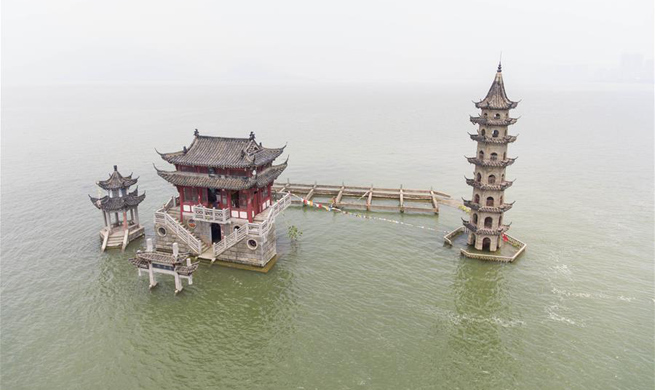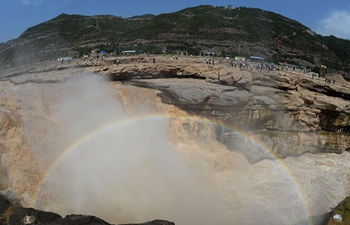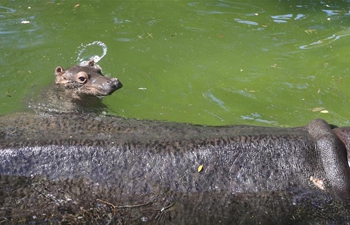by Eric J. Lyman
ROME, July 13 (Xinhua) -- The city government of Rome has started the process of systematically shutting down all but a handful of hundreds of famed "nasone" public drinking fountains, a move aimed at reducing water usage that has the city government drowning in complaints.
The "nasone" -- the name means "big nose" in Italian, a playful nod to the shape of the fountains, which appear to pour water from a cast iron nose -- have been a feature of the Italian capital since 1874, when the first one was opened near the Pantheon. Today, Rome has 2,800 of them, around a tenth of them in the historical center.
ACEA, the agency which oversees Rome's water system, said that two years of lower-than-average rainfall has dramatically reduced water levels in Lago di Bracciano, the large lake 32 kilometers north of Rome. ACEA is closing between 30 and 40 of the fountains per day as part of a wider effort to reduce water usage.
According to estimates, each fountain costs the city between three and five euros per day (3.36 and 5.60 U.S. dollars, respectively), depending on the strength of the stream the fountain produces.
Unless temperatures drop or central Italy gets some rainfall, said senior ACEA engineer Lorenzo Pirritano, ACEA will close all but around 100 of the fountains, leaving open only those the Ministry of Environment uses to monitor water quality.
"We're spreading out the closures, so that no single neighborhood is hit all at once," Pirritano told Xinhua. "This is a necessary step that we are making only because we have no other choice."
Pirritano said the shutdown of the fountains is part of a widespread effort to reduce water usage in the city, after two years of near-drought conditions in and around Rome. Other efforts involve reviewing and updating the city's more than 6,000 kilometers of underground pipelines to eliminate leakages and making the entire water system more efficient.
But the decision to close the fountains has drawn fire from multiple quarters. "The 'nasone' fountains are a public service people value, especially in the hot weather during the summer," Lauren Mouat, owner of Unlock Italy, a tour company in Rome, said in an interview.
"Tourists enjoy using the fountains to fill their water bottles, and closing them just means adding more plastic bottles to landfills."
Raniero Maggini, vice-president of the Italian chapter of the environmental group WWF, said the environmental impacts of closing the fountains go far beyond more plastic in landfills.
"That is a valid concern about the extra water bottles but that is among the least of our worries," Maggini told Xinhua. "Homeless people and animals depend on the fountains, and closing them is only a temporary step with a small impact that passes what had been a problem at Lago di Bracciano onto other areas."
Maggini said it would be more effective to issue a moratorium on construction in and around the capital --"Construction projects use many times more water than the fountains do," he said -- or to reform the agricultural sector to make it more efficient.
Alfonso Perrotta, from the Rome chapter of the Italian Forum for Public Water, noted that Rome residents pay for the water that comes from the "nasone" fountains and that closing them could cause damages that could dwarf money saved by shutting the fountains down.
"The fountains aren't just pretty and useful, they are a public service that residents pay for," Perrotta said in an interview.
"There's also the question of water pressure. If the majority of the fountains are closed down, the pipes won't have any water pressure in them and they could be damaged. And all this to save such a small amount of water than it won't help solve the problem."





